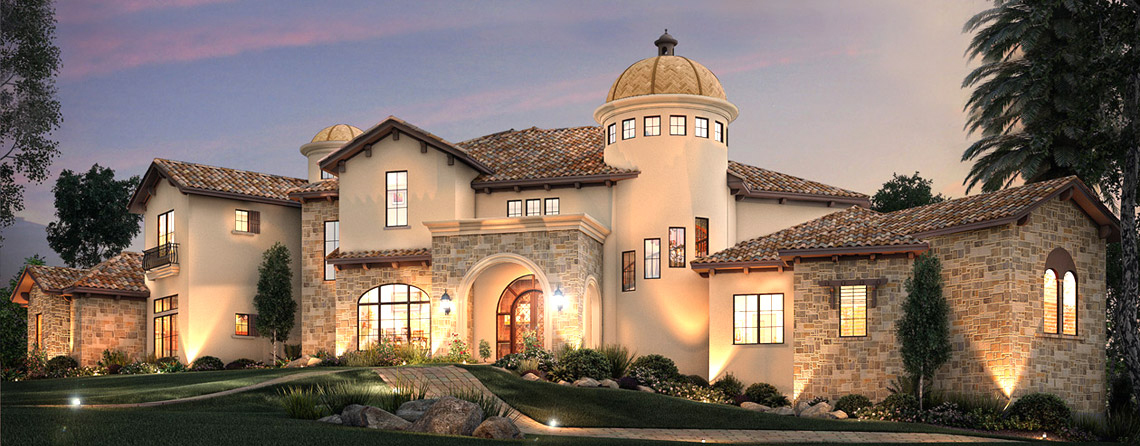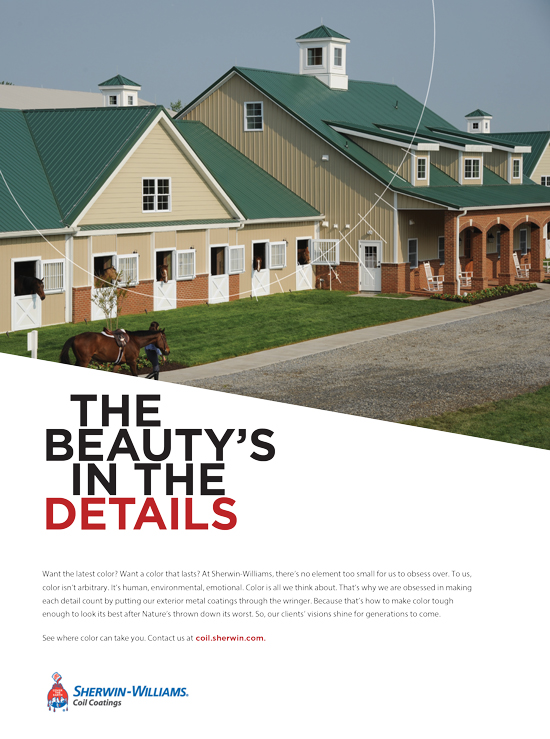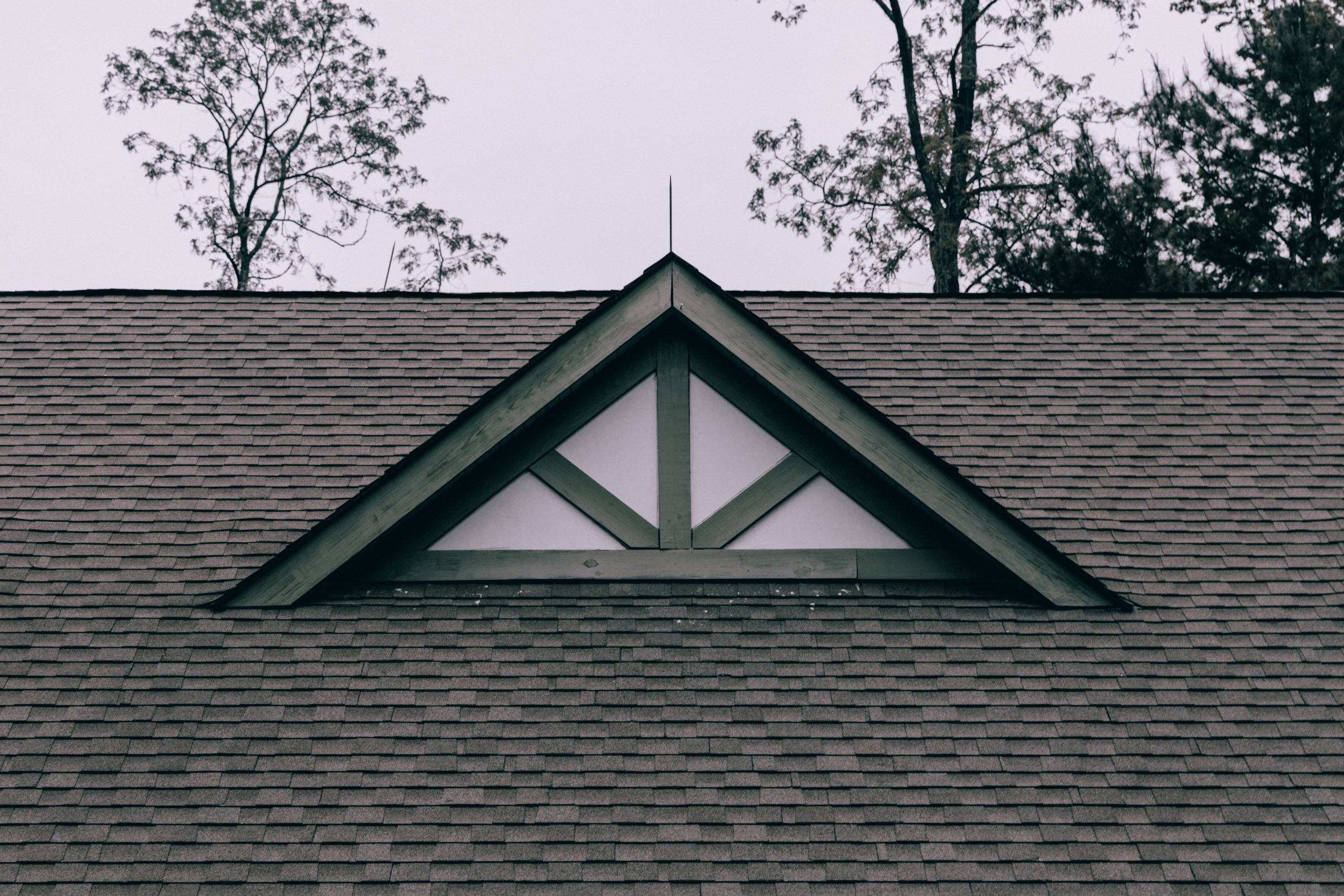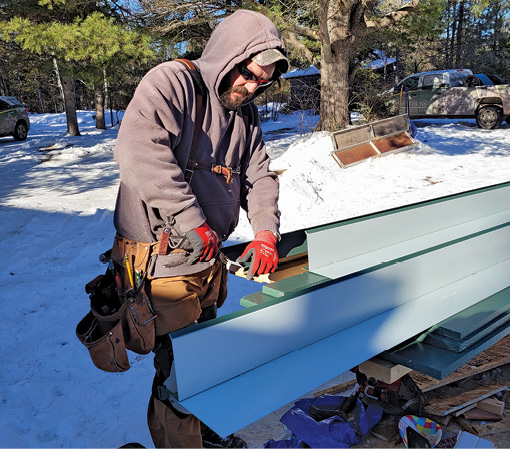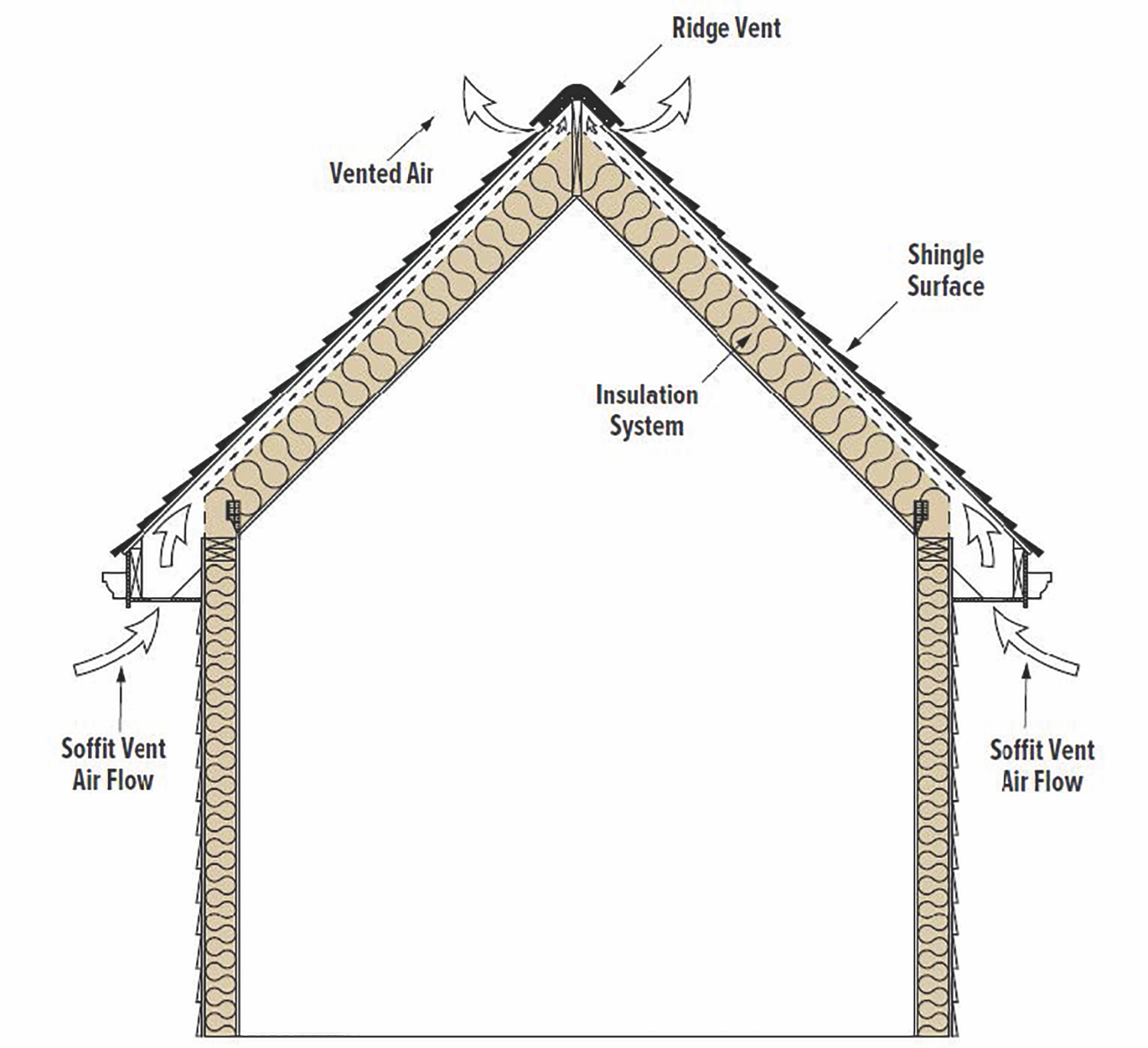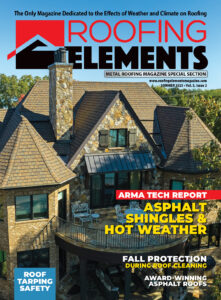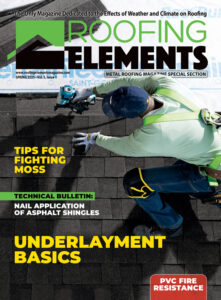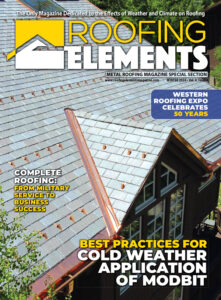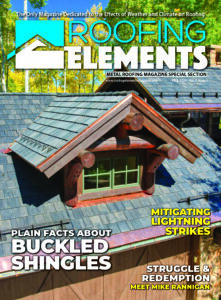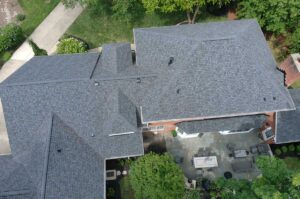Westlake Royal Roofing Solutions™ has released Roofing and Architectural Trends research and an accompanying CEU (Continuing Education Unit, https://westlakeroyalroofing.com/education) course for architects seeking continuing education on the subject. With a direct look into how the pandemic has directly impacted our use of home as well as shifts in residential design aesthetics, roof materials pairings, regional color trends and more, the research and CEU provide architects, builders, remodelers and contractors with key insights into the consumer mindset as well as desires and demands related to home design today.
“This research and CEU is the culmination of an extensive exploration into macro-level, societal influences directly impacting residential roofing and architectural styles today,” says Eric Miller, vice president of sales and marketing for Westlake Royal Roofing Solutions. “Not only will this education help keep architects and building professionals ahead of the curve, these findings will also fuel our own product innovation and releases as we strive to meet actual demand for roofing solutions and design aesthetics among customers in various regions across the country.”
The research examines how culture has impacted home design in recent decades and forecasts this decade’s trends and what is influencing them. Three defined design periods are reviewed and include pre-2008, the mid-2010s, and 2020-2030. The pandemic and its impacts on lifestyle and the use of the home are also explored.
Three key macro influences to design and roofing trends were identified:
Naturalism: The first, the evolving desire for naturalism, represents a shift toward rural-inspired and contemporary escape homes. Two- and three-color palettes are inspired by hues evoking weathering by nature (for rural-inspired homes) and darkened and refined hues (for contemporary escapes).
Disruption: The second macro influence, disruption, has led to a home architectural style evoking the new glamour of opposites. Two sub-styles emerge from this influence and include homes in the clean traditional and merged aesthetic styles. Clean traditional homes are often presented in two-color palettes showcasing hues described as high-contrast opposites, while homes in the merged aesthetics style are often presented in two-color palettes in hues described as true traditional tones.
Ease: The third macro influence impacting residential architecture and roofing today is ease, which had led to a shift in homes toward the quiet design style. Two types of quiet design homes, quiet transitional and quiet modern home styles, are presented in one- and two-color palettes of easy muted neutral toned hues.
The new CEU course offers continuing education offering expanded knowledge on the topic for design professionals. Participants who complete the course are eligible for 1 CEU credit.

